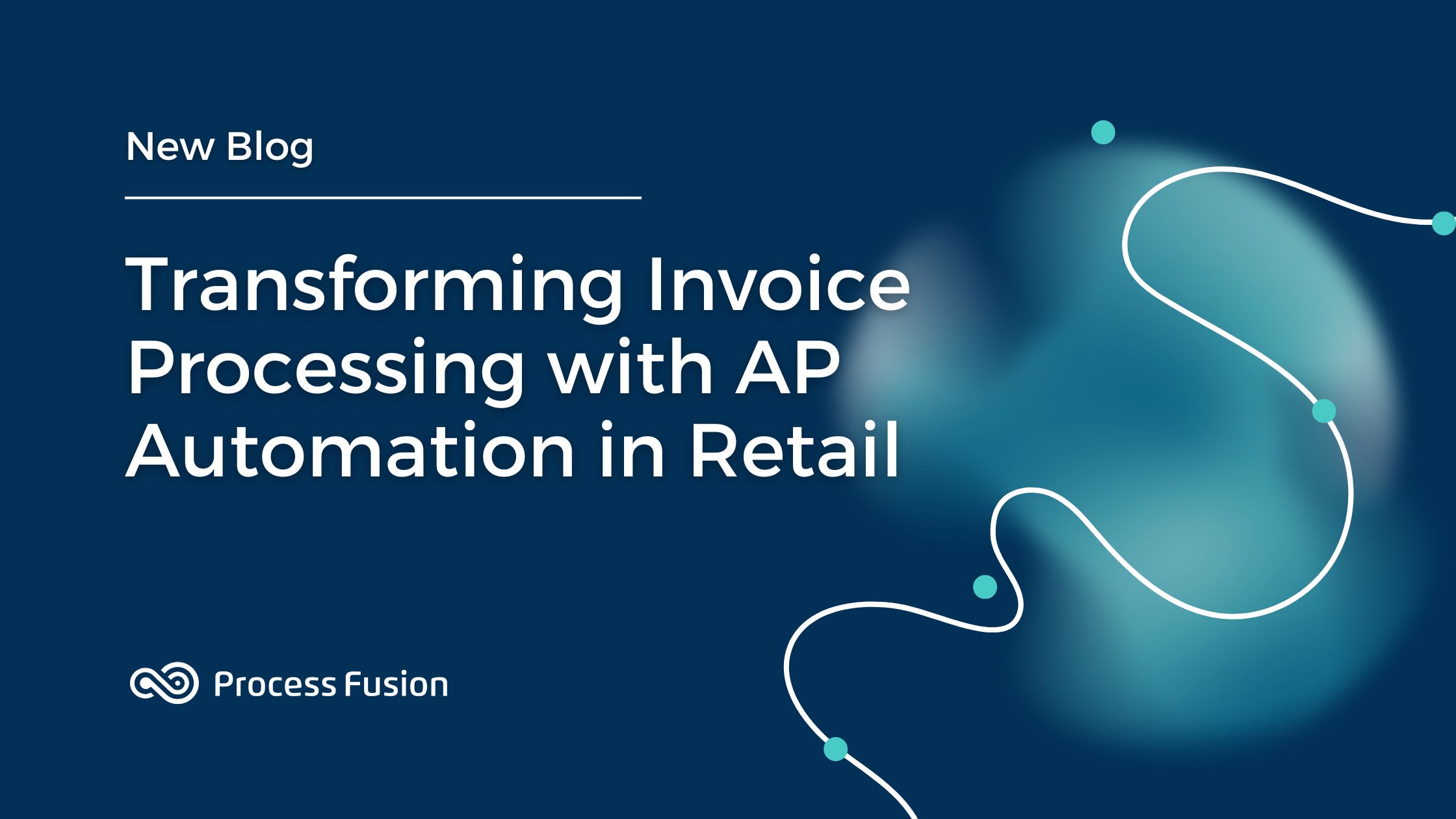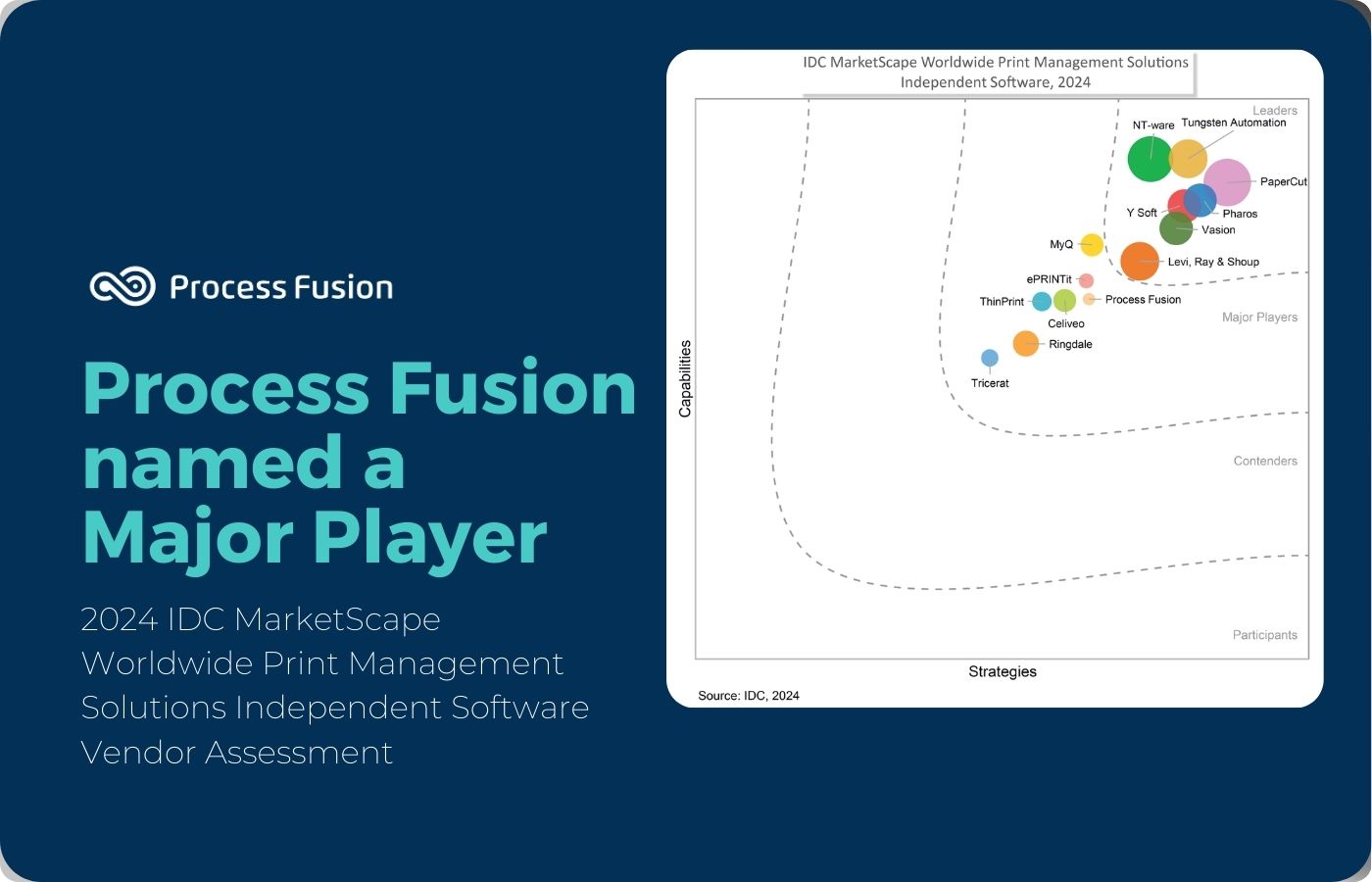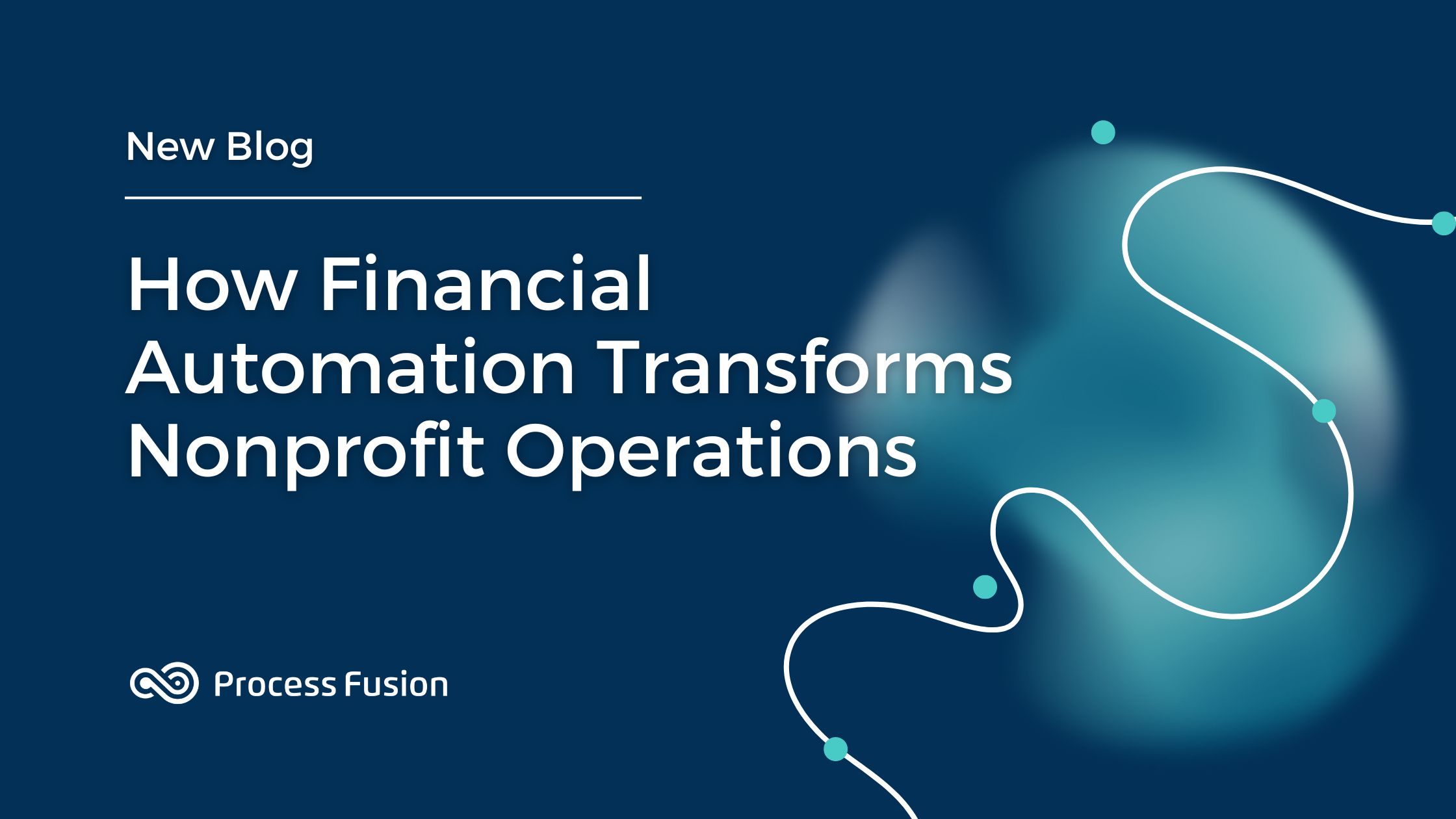
Referrals are a critical stage in a patient’s treatment and have significant implications for patients, as well as healthcare providers and payers. Adopting a digital referral management software addresses many challenges efficiently.
A 2009 research conducted by The Archives of Internal Medicine, reported that as many as 105 million patient visits were transferred to specialist referral. However, the study found that only 50% of these referrals resulted in a completed appointment.
For patients, a referral results in a shift in diagnosis and more importantly, an escalation in care. This is why any delay caused by ineffective management of referrals is dangerous for a patient’s wellbeing.
While all medical facilities are dedicated to providing high-quality healthcare, many hospitals fail to match this excellence in referral management. For healthcare providers, referrals represent a unique challenge where they have to balance quality care between available resources while connecting to a broader network of various EMR systems.
At the same time, poor referral management leads to significant increases in cost for payers ensuring healthcare services with losses of $150 billion attributed to referral leakages alone.
7 Reasons Why an E-referral Management Solution Is Necessary
In this article, we will discuss 7 reasons why an e-referral management solution is necessary for effective referral management in healthcare.
1-Decreased Lead Times
Many hospital systems suffer from operational inefficiencies caused by manual procedures. According to one estimate, there is 4.23 full-time equivalent support staff per physician needed to handle paperwork alone.
Such inefficient practices create unnecessary bottlenecks in the medical workplace and are a needless obstacle in patient care. These delays and obstacles are an inconvenience to patients, as well as providers, who need to spend their resources on manual documentation instead of other more fruitful tasks.
Although some manual intervention is necessary, investing in an e-referral management solution can minimize the expenditure of time and resources wherever possible.
At the same time, primary care providers (PCPs) often have to refer patients to specialists even in cases where the specialty visit will ultimately not be beneficial.
Unnecessary trips to specialists not only waste the time for patients in question but also increase the waiting times for patients that require immediate treatment from those specialists.
An e-referral system is necessary for streamlining the care continuum for patients and decreasing lead times within the health system.
2-Referral Leakage
Referral leakages are a significant problem for American healthcare systems and result in billions in loss of revenue. Traditional referral management solutions result in unnecessary delays in treatment.
Patients in critical condition cannot afford delays in treatment so they leave their existing hospital network in favor of other healthcare providers.
Controlling referral leakage is crucial for improving the revenue stream of hospitals and ensuring immediate treatment for patients. An e-referral management solution reduces referral leakages significantly for health systems.
With a digital referral system, it is easier to identify provider affiliations and cut the loss of revenue through arrangements.
Learn how St. Mary’s General Hospital saved staff time and brought efficiency to report distribution
3-Referral Completion
Many physicians are concerned about the state of completed referrals in healthcare systems. A research conducted by the US National Library of Medicine National Institutes of Health suggests that as much as 25 to 50% of referring physicians are unsure of whether their patients are able to see a specialist or not.
Doctors are responsible for referring patients to specialists once their condition demands it. However, after a referral, it is up to the efficiency of the referral management system to ensure the timely appointment and treatment of patients.
With an e-referral management system in place, a hospital system can track every patient’s referral accurately. Managers can see the status of individual patient referrals, making it easier to ensure appointment scheduling in a timely fashion.
4-Increased Transparency
Some advanced solutions even notify healthcare systems whenever a receiving provider puts your patient for an appointment. At the same time, your system can be notified whenever the healthcare provider sees the patient, making it possible to provide healthcare transparently.
The transparency of the system plays a vital role in reducing communication errors in referral management, resulting in fewer mistakes in patient treatment.
Since 80% of all serious medical errors are caused by miscommunication during care transitions, making the procedure transparent leads to better treatment for patients and fewer losses for the system.
5-Enhanced Utilization
e-referral management solutions make the referral management system more transparent and interconnected. Resulting in better utilization for both healthcare systems and staff.
With features such as online scheduling platforms, the solution allows patients to reschedule appointments based on their availability and the provider’s openings.
Similarly, primary care providers can easily direct patients to specialists using these online platforms. They can search through directories and evaluate available providers based on quality, reviews, and recommendations. Since all these features are condensed into a single solution, physicians, and staff alike can access provider directories.
6-Identify and Analyze Referral Patterns
The majority of referral management software is only meant for improving communication between patients and providers. However, an advanced e-referral solution offers intelligent reporting features for hospital systems.
One of such features is the detection and identification of referral patterns from competing for health systems. Using these features, your system can identify real-time operational metrics related to competitor referral patterns, referral leakage, and referral volume.
By having access to competitor referral patterns, providers can better manage their patient network and identify areas of strength and weakness within their competitive market.
7-Integrate with Electronic Medical Records
An e-referral management solution is extremely beneficial for providers working under a health network umbrella. Many healthcare systems have invested millions of dollars into existing EHR solutions but lack a system for managing referrals effectively.
Integrating the new solution with previous EHR systems can provide access to real-time patient data for healthcare networks, making it possible to accurately route referrals to the optimal physician. The solution streamlines the entire patient referral workflow, from patient check-in to appointment completion.
Conclusion
Amid medical emergencies across the world post-COVID-19, healthcare systems all over the world are pushing towards maximizing efficiency and quality while minimizing cost.
Using technology as a means of improving administration is necessary for streamlining patient care and enhancing current healthcare systems. Moving towards a structured and unified solution is a step in the right direction.







